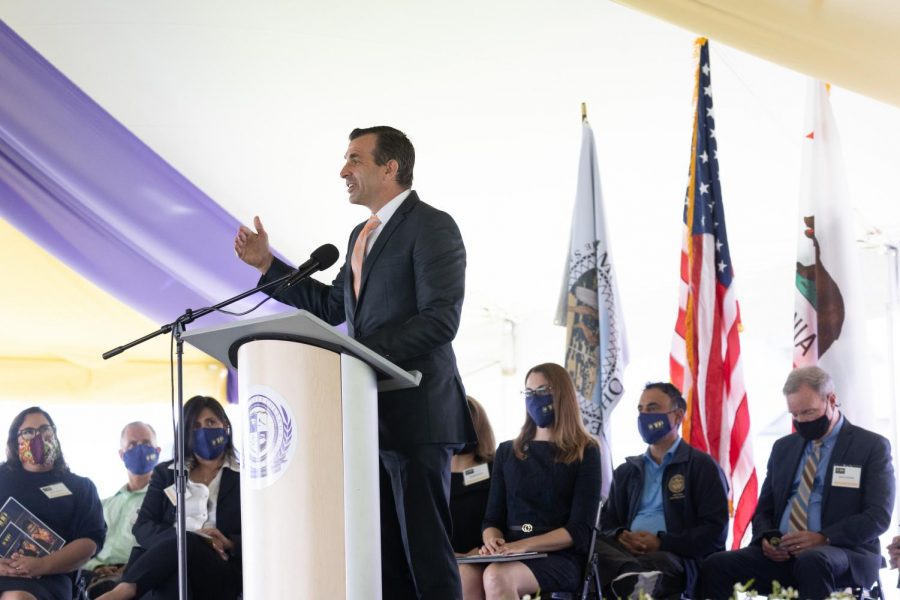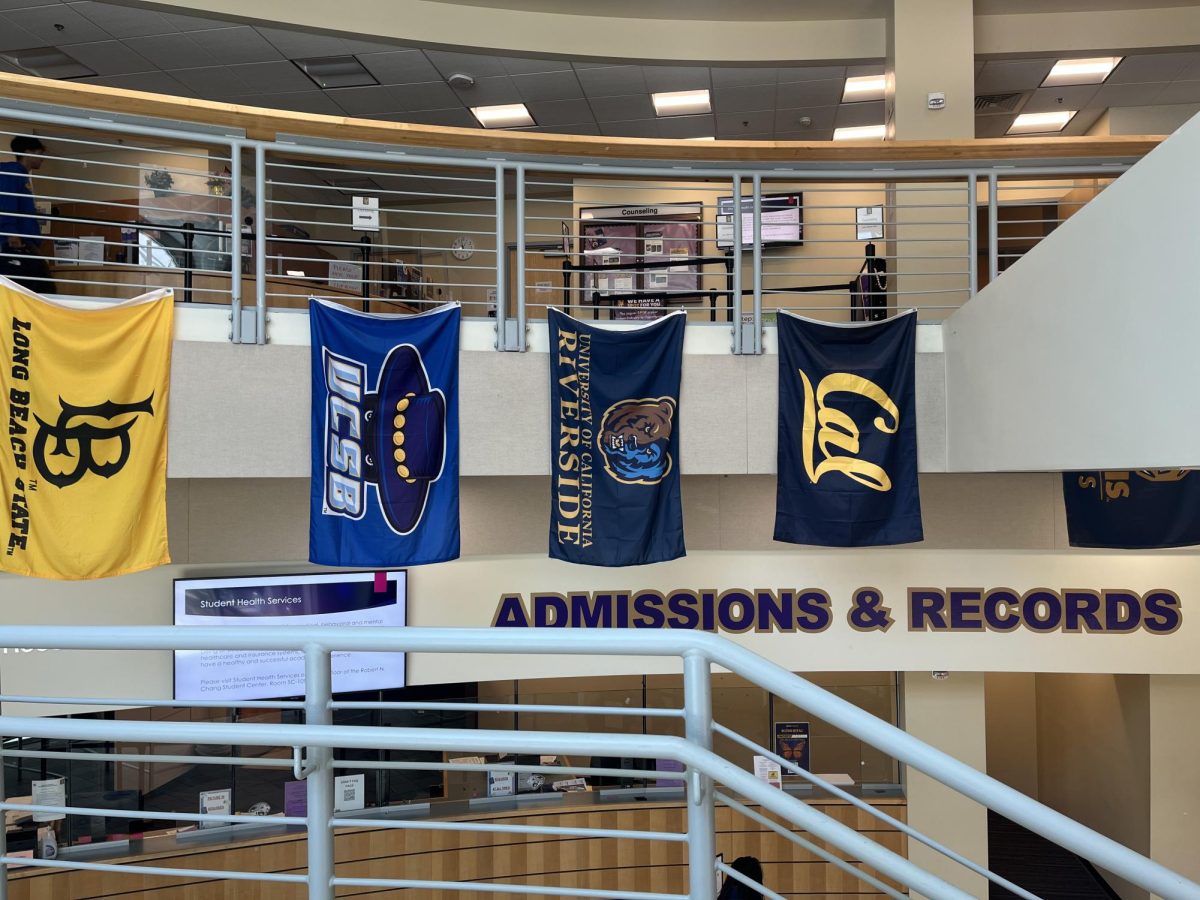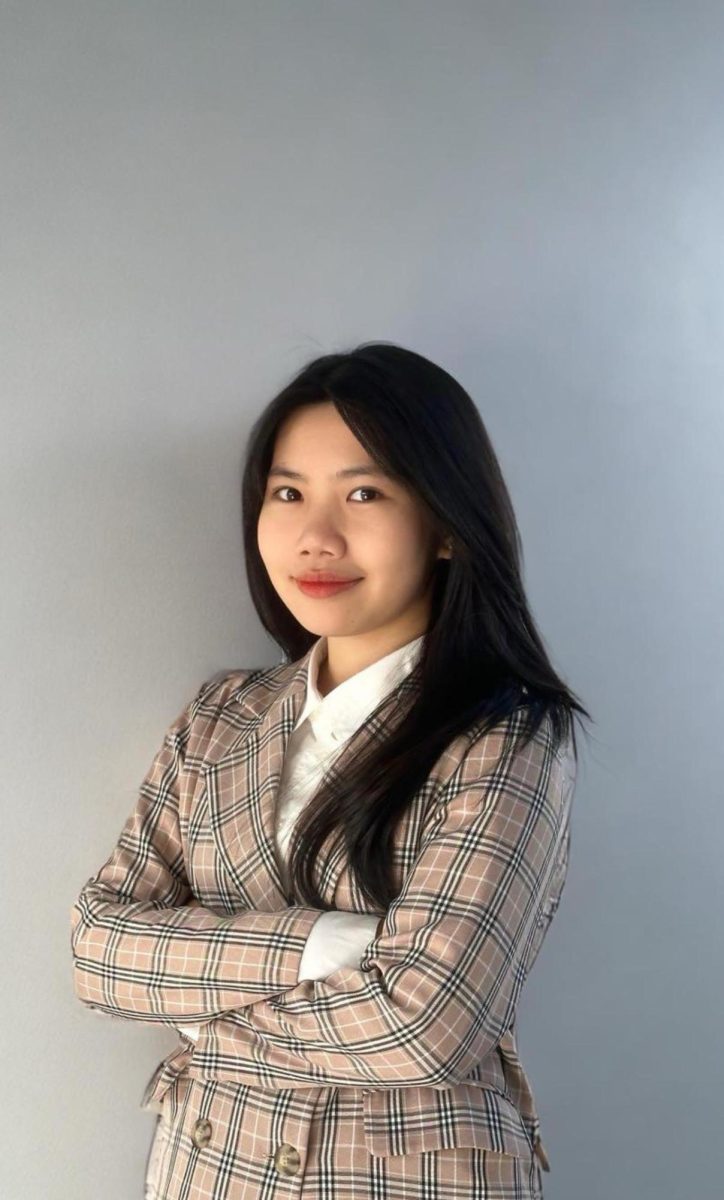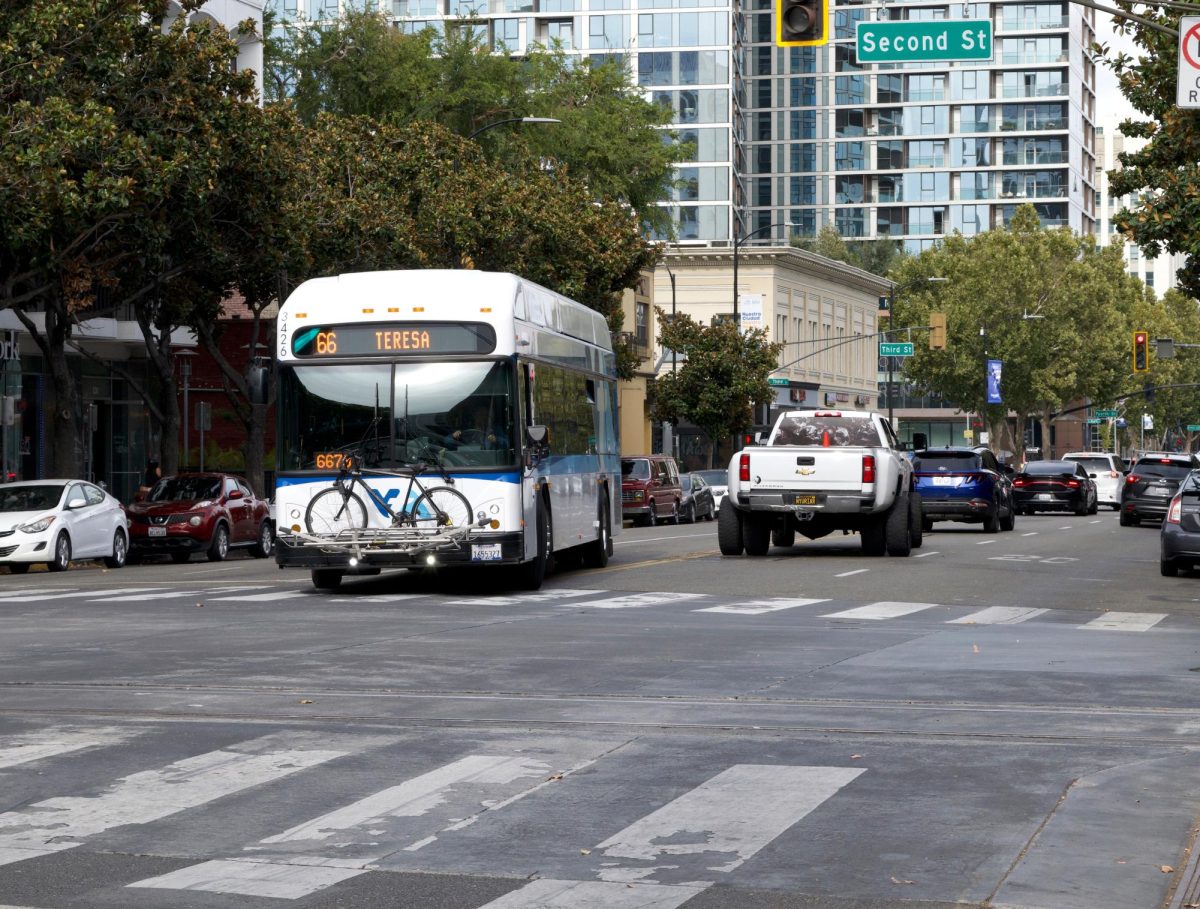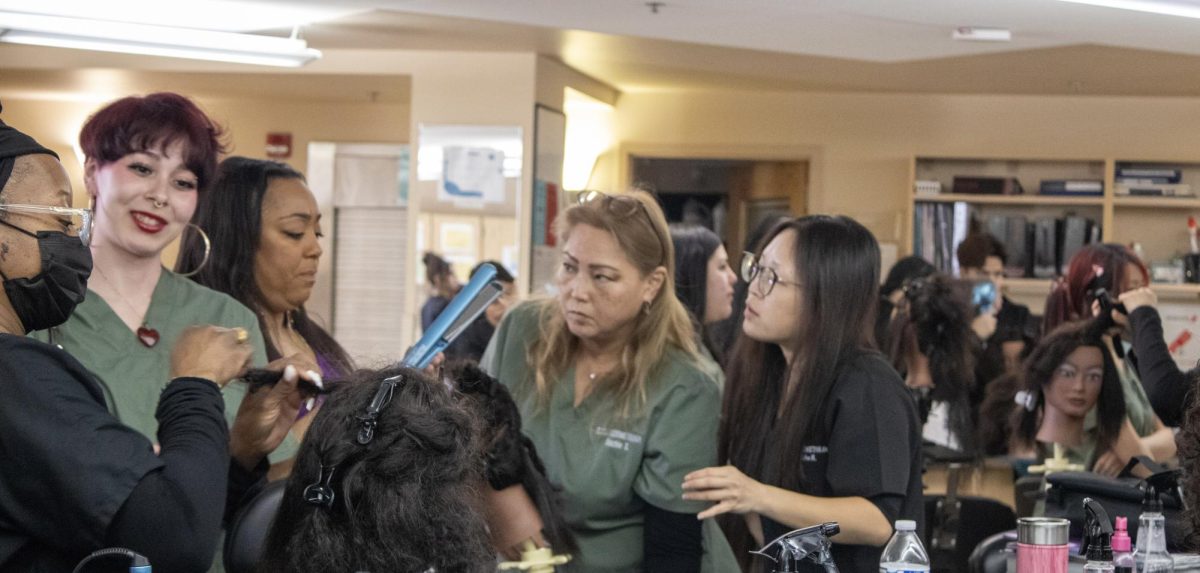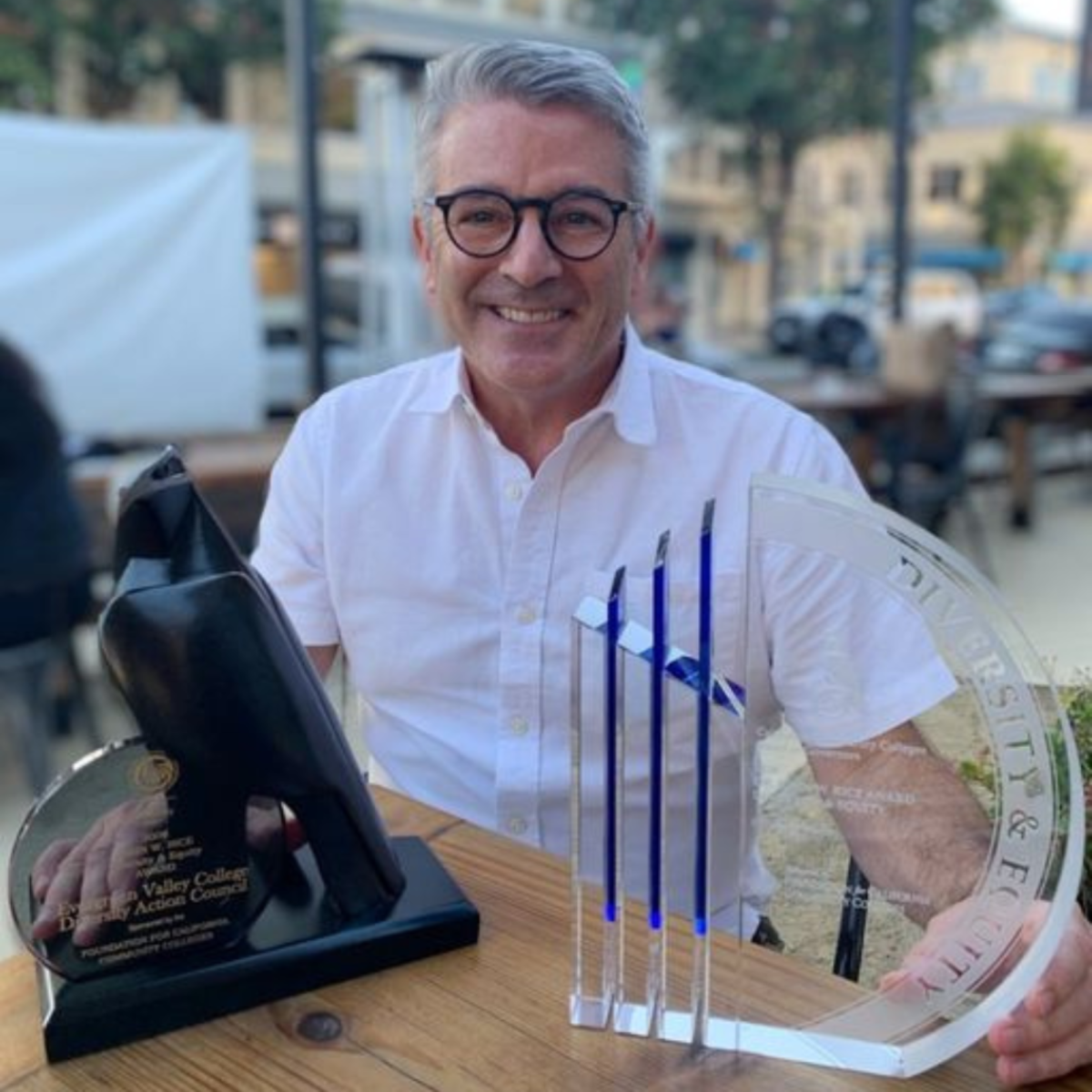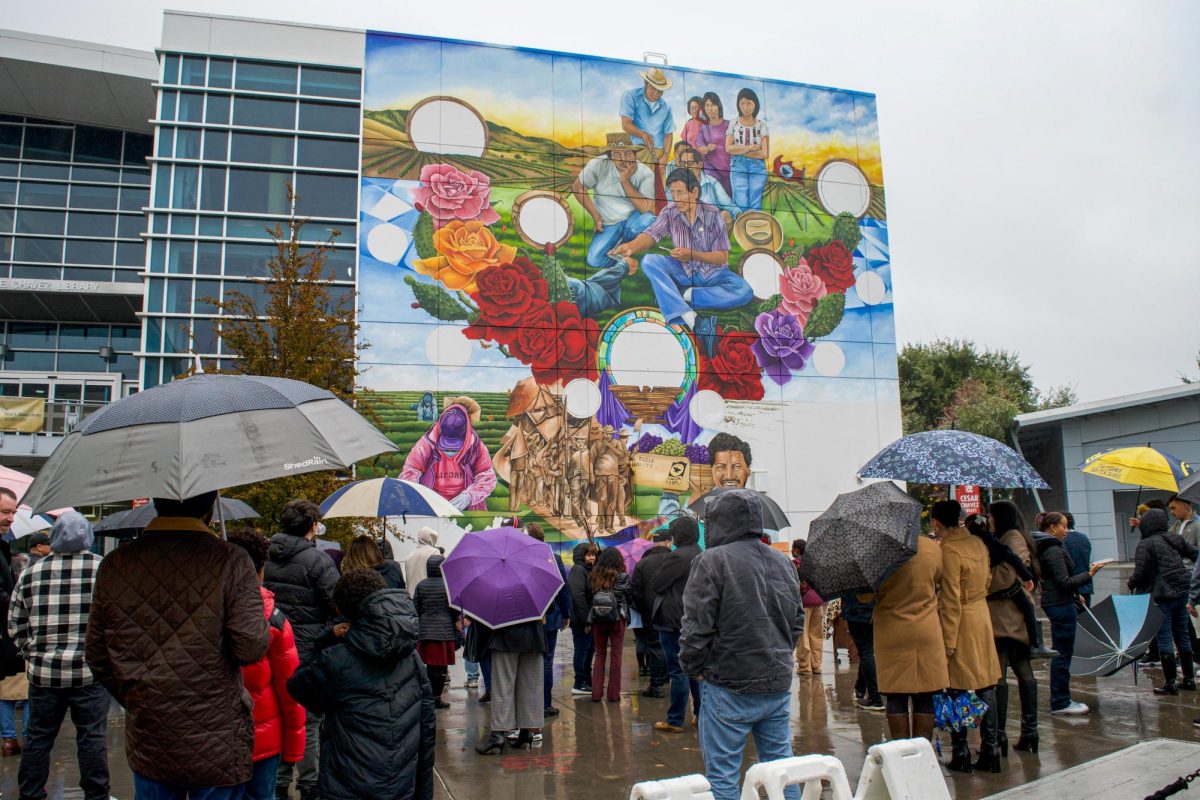From its humble beginnings and an enrollment of 86 students in 1921 to over 16,000, including the Milpitas extension, San Jose City College is celebrating 100 years as an institution of learning and self improvement.
As the area surrounding the campus transformed from an agricultural center to a manufacturing and technological hotspot, so did the school. Students were able to advance their education in a great number of subjects.
“SJCC has provided educational and career pathways to generations of families, building a legacy of academic and institutional excellence by adapting to the changes that transformed the Valley of Heart’s Delight into Silicon Valley,” as stated in the SJCC Centennial website.
According to the website, after a number of years operating as a guest in unused classrooms at San Jose High School and San Jose State University, the school was finally established at its present location in 1953 when the San Jose Unified School District assumed control. It was a few years after, in 1958, when the name was changed from San Jose Junior College to San Jose City College.
SJCC has a diverse student body, which has been reflected in its long history of activism and community involvement. There were a number of rallies on campus organized by Latinx and Black students in the late 1960s and in 1969 the Chicano Studies Department was established.
Today students are reminded of that history every time they enter Cesar E. Chavez library, named after the famous labor and civil rights leader who worked alongside Dolores Huerta, and countless others to bring awareness and change through the creation of the United Farm Workers organization, according to the Encyclopedia Britannica website.
“Students must have initiative, they should not be mere imitators. They must learn to think and act for themselves, and to be free,” said Cesar Chavez.
Throughout the years SJCC has been home to many students who have found success in the public eye, including Hall of Fame professional football coach Bill Walsh, best selling author Amy Tan, professional baseball player Dave Righetti, Olympians such as Lee Evans and Diamara Planell Cruz and Emmy award winning KPIX-CBS5 reporter Len Ramirez who was the master of ceremonies for the event held on campus,
“The experience here was life transforming for me because I came in not really knowing what my pathway would be, (students) come in seeking answers, seeking a pathway, and they come out ready to go,” Ramirez said.
The event was attended by local leaders and community members, such as Mayor Sam Liccardo, Vice Mayor Chappie Jones, councilpersons Dev Davis, David Cohen, Magdalena Carrasco, Maya Espaerza, Sylvia Arenas, Pam Foley and Matt Mahan, Santa Clara County supervisors Cindy Chavez and Susan Ellenberg, Assemblymember Ash Kalra, state senator Dave Cortese, and acting California Community College Chancellor Daisy Gonzalez along with a number of others. There is a live stream video of the event, which can be found on YouTube and the SJCC Centennial website.
Also in attendance were members of the Muwekama Ohlone who presented a gift to SJCC President Dr. Rowena Tomaneng of an abalone necklace, which denotes strength, according to tribal chairwomen Charlene Nijmeh and Monica Arelleno.
The land SJCC sits on at one time was occupied by the Muwekma Ohlone people, who still have descendants living and thriving in the area. The land was never ceded by the native population and taken without any recompense as was the case all over this country. The scars left by tactics deployed by the Spanish Missions to subjugate and convert to Catholicism continue to cause hurt and division among people living in the Bay Area.
The college in its centennial website announced that “We honor the history of the land on which we stand and recognize that our community continues to benefit from the use and occupation of the Muwekma Ohlone people’s unceded ancestral homeland.”
San Jose Evergreen Community College District Chancellor Byron Breland in his speech to those in attendance said, “It is always important to know where you came from so that you understand the significance of that journey and the way forward.”

